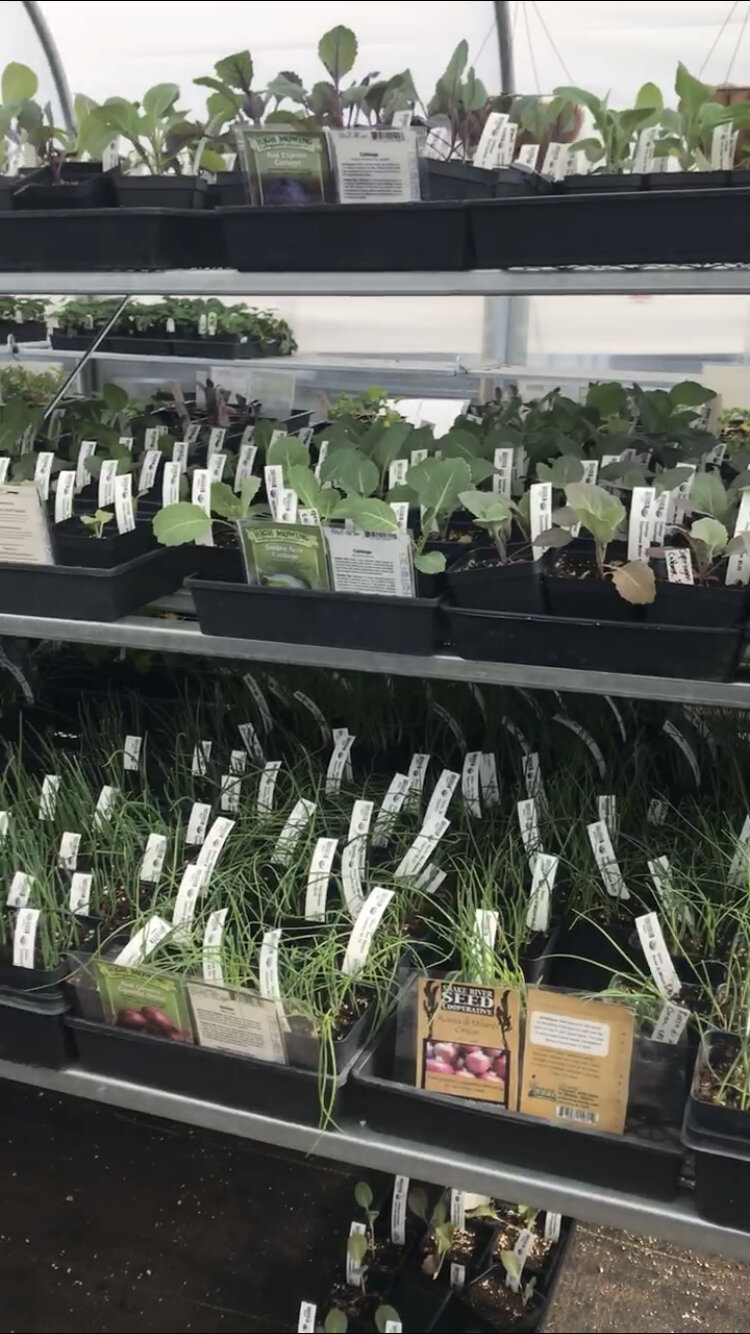Earth Day 2021
This Thursday, April 22 marks Earth Day 2021. I spent the weekend in my garden and thought about all the gardeners I’ve met who are growing in their spaces because they want to make the world a better place. If saving the planet feels too big for you right now, I’ve got a strategy that anyone can use to make the world a better place.
Over the last year or so, I’ve become a big believer in making things in my life just 1% better at a time. This practice can definitely be applied to your garden, and if we all make our gardens 1% better for the environment, then Earth Day will be a huge success. These are things any of us can do, so just pick one and try it for this growing season.
A 1% Better Container
Now: Maybe you’ve been growing in the ground or in plastic containers from the nursery. That’s great! I’m all about using what you’ve got.
1% Better: Find a local carpenter or DIY your own raised bed made of rot-resistant wood or recyclable metal. This is going to cost you more, but start with something small to stay in budget. Remember, you don’t need a lot of space to grow your own food! Opting for wood or metal materials means that when they’re finished being used as a garden, they can break back down to the earth or be infinitely recycled into something else rather than ending up in a landfill.
1% Better Soil
Now: You snag whatever bag of soil is at the big box store where you buy your other project gear. It’s convenient and affordable!
1% Better: Choose the most organic soil you can find, and if you need more than a couple of bags to fill your beds, buy it in bulk to avoid the plastic. Free topsoil, municipal compost or fill dirt from other spots in your yard are not going to yield you great results in the garden, and they might have harmful chemicals in them. I love G&B Organics bagged soils by Kellogg and source organic soil for my raised beds from local soil yards who test their soils for persistent herbicides and chloroform. That way I know it’s safe.
Note: I hate bashing any brand, but be wary of products from Miracle-Gro or Scott’s that are labeled as “organic.” They come from the same facilities as their non-organic ones, so there’s a risk of contamination. I prefer to go with companies who only create organic products so I know their values and their practices are aligned.
1% Better Plants + Seeds
Now: You buy seeds and plants at the big box store where they’re cheaper and more convenient.
1% Better: Set a budget and go on a shopping trip to a locally owned nursery near you. Check the plant tags to see if they source from local farmers, grow their own starts or resell starts from far-away places. Local starts have experienced less stress to get to your garden, so they’ll be off to a good start. Plus, your money stays in the local economy. The closer the plant is to your garden when it's grown, the better. Look for Next Generation Organics plant tags at the Boise Co-Op and The Boise Farmers Market, or buy starts at North End Organic Nursery and Edwards Greenhouse.
Local seeds are also an awesome way to get 1% better in your garden. We’re lucky enough to have Snake River Seed Cooperative right here in Boise - they’re known the world over for their work in seed saving, something that can literally save the planet and our food sources. Local seeds know how to grow in our environment because they have the memory of the plants they came from. As the climate changes, this is hugely important. Snake River Seeds are available everywhere in Boise, so there’s no excuse not to pick up a seed packet. They’re sold online, at the Boise Co-Op, Zamzow’s Edward’s, etc.
1% Better Water
Now: Hand-watering your garden or letting the sprinkler hit it overhead.
1% Better: Setup one of your beds with drip irrigation. Overhead watering and hand-watering are not only time-consuming, but they waste a ton of water, and we just can’t afford to do that these days. Drip irrigation allows you to control where your water is going, and it drips just on the soil near the plant and its roots, not its leaves. This means less water is evaporated, the plant can take as much was as it wants, and nothing is wasted.
I hope that these tips are helpful to you as you get your garden setup this spring. I know that if each of us make choices that are 1% better than we did before, our world will be noticeably better. Just make one change and see how it works for you and your garden. Send me a note and let me know how it’s going. If you don’t yet have a garden, send me a note, too, and we’ll tackle that process together.
As a side note, while I was writing this, the perfect song came on my Discover Weekly by Spotify that really sums this up. Check it out here.



